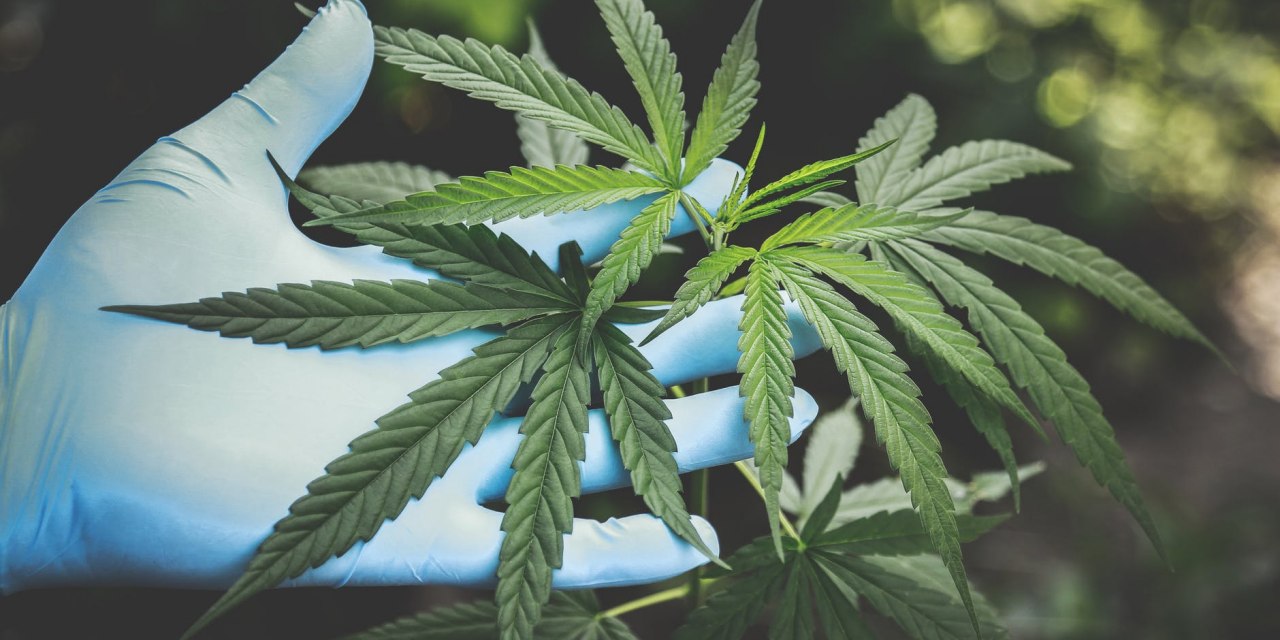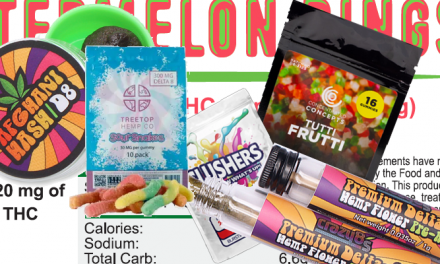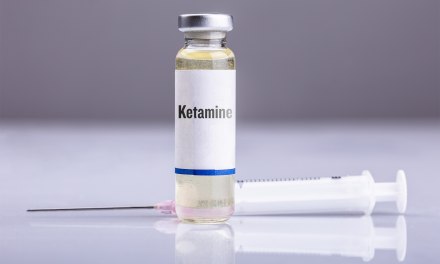Is cannabis effective in the treatment of Opioid Use Disorder (OUD)? Good question.
Among regular users, the answer is often yes. “If I couldn’t smoke dope,” claimed one enthusiast, “I’d probably start using again in a couple of weeks.”
I asked what he believed marijuana did for his sobriety that his daily dose of Suboxone and an SSRI did not. “It mellows me out. The others keep me clean but pot is for what I call ‘the humps and the bumps’ in life.” In other words, to relax, de-stress, get high. All very popular, but hardly medical.
That’s fairly typical of anecdotal reports from users. What does science have to say?
One answer comes from in the form of a report by the Hazelden Betty Ford Foundation, in conjunction with the University of Maryland School of Public Health. It was released during the Fall of 2019, in a classic case of bad timing — you’ll recall COVID-19 hit in late December. We all know what happened then. A pandemic hogged everyone’s attention. Deservedly so, but it pushed a bunch of other serious issues onto the back burner.
Too bad, because the Hazelden report offered some important insights into marijuana’s potential as a treatment for OUD. Here’s a link to their conclusions.
Marijuana Is Not a Public Health Solution to the Opioid Crisis
It’s easy to understand how opioids such as buprenorphine and methadone could substitute for heroin in a maintenance pattern, thus reducing at least some of the risks inherent in street drug abuse. Cannabis, however, isn’t an opioid. So what evidence persuades us that regular cannabis use can significantly improve treatment outcomes for OUD patients?
The Hazelden report suggests there isn’t much. The available research – admittedly, more is needed, but isn’t that usually the case? – doesn’t appear to support the notion that cannabis will help us find a way out of the opioid epidemic.
Not only that, but according to the authors, debate around marijuana’s role in OUD treatment actually “…distracts from planning and implementing a longer-term and broader set of evidence-based strategies.” That’s not good.
Some key points from the report:
“Studies using strong scientific methods show that marijuana use increases the risk for starting to misuse prescription opioids, rather than lowering the risk.”
In recent years marijuana has joined alcohol and tobacco as drugs commonly used by early adolescents as a kind of ‘entrance requirement’ for adulthood. Depending on locale, it’s not unusual to find kids first experimenting with pot between the ages of twelve and fourteen. That’s long before they’re old enough to legally drink or buy a pack of cigarettes. It’s also well before opioids enter the picture.
“Individuals with addiction to prescription opioids often have a history of using other drugs including marijuana and need comprehensive addiction intervention and treatment.”
It’s almost routine, when taking a history on an OUD patient, to discover they’ve been using cannabis, often on a regular basis, for many years. Why didn’t that have some protective or preventive effect on the development of an opioid disorder? If indeed we can expect it will in the near future.
“Marijuana use to manage pain does not appear to be related to decreases in pain.”
One study indicated that while subjective reports about pain control were generally positive, objective findings from research showed cannabis was no better than placebo. A suggestion: maybe it isn’t the cannabis that’s reducing their pain, but other factors. Including the psychological.
The report urges policymakers to base their decisions on strong scientific evidence, rather than the weaker variety. It just makes sense.
Strong evidence would likely be in the form of systematic reviews or meta-analyses involving multiple high-quality, randomized controlled trials. Clearly, the report suggests, that has not been the rule to date. Most of the decisions, including major policy changes, have been made on evidence of lesser quality.
If I had to guess, that’s because of strong urging from advocates, patients and the emerging cannabis industry. At this late stage, things may have progressed too far to slow down. Too many other forces are already at work. As my political friends like to say, “think of the pushback”.
I do wish cannabis was in fact effective for the treatment of opioid disorders. I mean, we could use the help. But as far as I can tell, it doesn’t appear to be.
So I guess at this point we can only urge caution. That’s what we did during the run-up to the prescription painkiller epidemic, when doctors adopted the highly debatable notion that long-term use of opioids was safe, including from addiction, when under a physician’s supervision.













